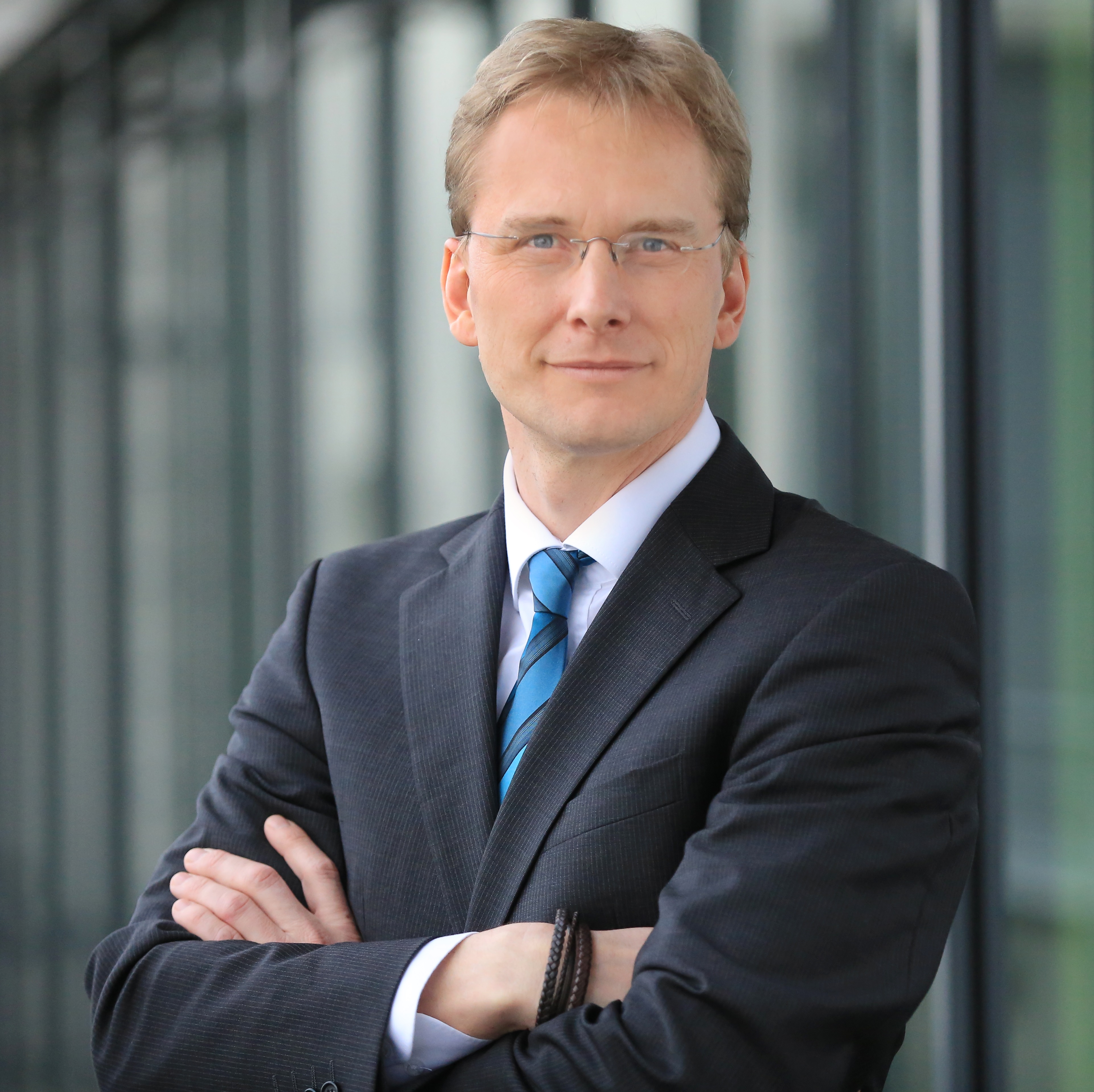
The automotive industry is changing rapidly: standards are getting stricter & vehicle architectures are becoming more complex. The same applies to the requirements for functional safety, security, and connectivity. The key to solving the challenges ahead is one little word that makes the world go round: software.
The automotive industry has been talking about the increasing importance of software for quite a few years now. The way software is developed will be a core topic for the cars of tomorrow. The industry is asking the same questions: How should we approach developing a vehicle in the future? How can we handle the increasing software complexity? The stricter standards? The changing architectures?
There is no one-size-fits-all solution to these questions. And certainly, there is no agreement on how each player will tackle these topics. But there is a somewhat common ground on one thing: We need to rethink the how, as in our approach of developing software.
We at Elektrobit, with more than 30 years of experience in the development of automotive software, are no exception. And we know one thing: In order to deliver the best possible products, we, too, need to rethink our way of developing software.
Luckily, the Scaled Agile Framework (SAFe) gives us an excellent structure to work with. In this article, we explain how we use SAFe to deliver leading automotive software to OEMs, Tier 1s, and partners all over the world.
SAFe? Never heard of it? If you are not familiar with the topic, do not worry. We will give you a quick introduction.
What is SAFe?
The Scaled Agile Framework (SAFe) for lean enterprises is the framework for business agility in the automotive domain. It contains elements of lean and agile product development, and DevOps. At the same time, SAFe is highly configurable. Its principles help us to:
- Become a more agile business
- Respond to change quickly
- Deliver value to our customers even more reliably
Basically, SAFe provides us with the perfect structure we need for our product development.
Why we chose SAFe at Elektrobit
SAFe is the most popular framework in the automotive domain – our core business area. And many of our customers also work in SAFe. The framework enables us to speak the same language from the very start. This ensures smooth collaboration among teams and stable delivery of our products. Also, it is the best fit for our business model, the size of the organization, and the structure of our product development.
What does SAFe imply for our customers and for product development at Elektrobit
SAFe differentiates between two “operating systems”:
- Focus on the classic hierarchy of the organization
- Focus on value streams instead of departments
This second operating system sharpens the focus on creating value for the market. All while being very flexible. For us that means: We leverage the SAFe structures for retrospectives and empower the value enabling roles like Scrum Master and Release Train Engineer to regularly check for roadblocks on all levels of our value streams – from customer demand to delivery. By looking at product development from this angle we are able to shorten time to market and improve the workflow.
Part of SAFe is the implementation of Agile Release Trains (ART). These are agile teams which deliver solutions in a value stream. Based on our value streams we have established the first Agile Release Trains and are already preparing the next ones to come. The first trains allowed us to learn what works for Elektrobit and what doesn’t, while promoting our continuous learning culture. A continuous learning culture is one of the core competencies of business agility in SAFe.
As a few examples, we learn how to align everybody in the ART to work towards a common mission. Everybody in the ART learns how to effectively focus on few work items and finish them fast. We learn how to evolve good team set-ups within the ARTs to reduce handovers. We learn how to improve our continuous delivery tooling to generate early and frequent feedback.
However, SAFe does not just focus on the development of individual products in ART. It also offers a view on the bigger picture of our business with Lean Portfolio Management.
Lean Portfolio Management is another core competence. It helps us to connect our execution with our strategy. From historical data we know the development capacity of our organization. Real-time data collected from our teams gives us a good overview of all the work that we have as an organization and of the dependencies between teams. Based on this data, we can improve our strategic decisions. We can reliably deliver products that meet the needs of our customers.
Of course, this comes with implications for our product development as well. In the second operating system we can assign teams to the topics that are strategically highly important. All while being more flexible than before. We realized that we can only make this happen under one circumstance: We need one set of processes and methods for all our product development.
What’s next for us?
SAFe offers ideas to address all essential aspects of our product development. We configure it to our needs and frequently look at our business from a SAFe point of view. This helps us to adapt to all the challenges of our dynamic automotive market. Basically, the SAFe framework provides us with the most important capability: to keep our business agile. And to be prepared for the challenges to come.




